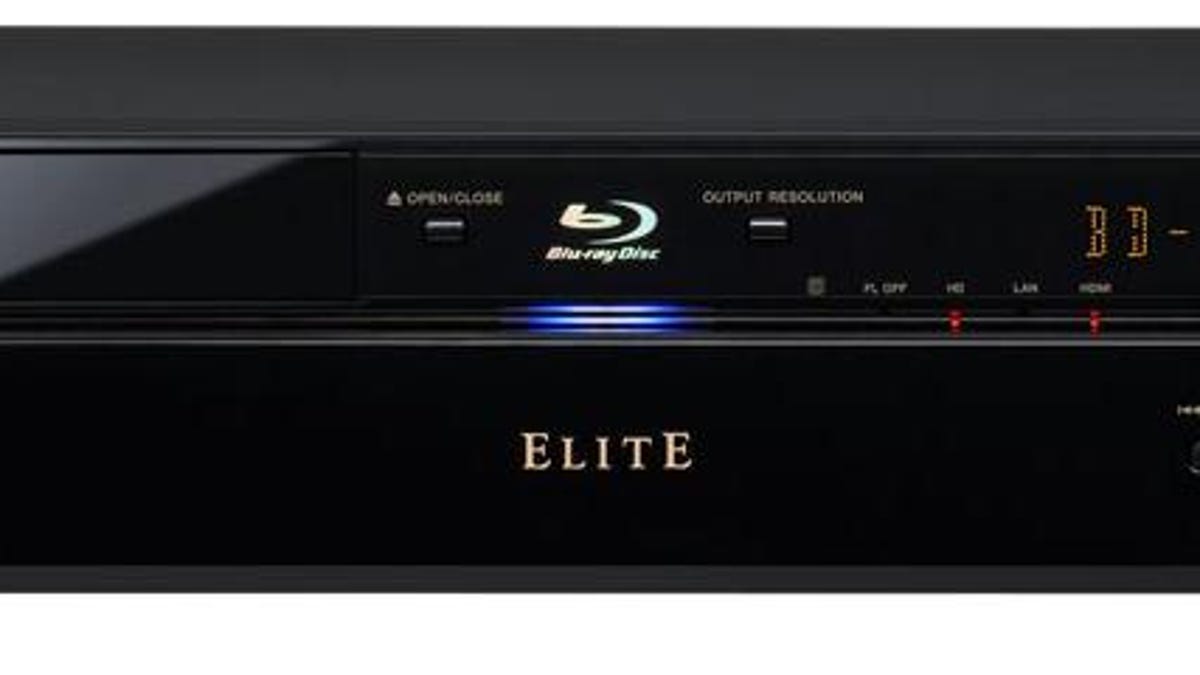Five reasons you shouldn't buy a Blu-ray player yet
Blu-ray may be on the verge of defeating HD DVD, but that doesn't necessarily mean you have a green light to buy a player.

With HD DVD looking more and more like it's on the ropes, it would seem like the ideal time to commit to Blu-ray--right? Not so fast. There are at least five reasons to stick with your good old-fashioned DVD player--at least for the next few months. (And, as always, there are some key caveats and insider secrets for those who can't resist pullling the trigger as soon as possible.)
1. Nearly all current Blu-ray players are obsolete: The Blu-ray standard is still evolving. Most models currently available use the original Profile 1.0 standard, while some newer models use Profile 1.1 (which adds the ability to show picture-in-picture commentaries). Later this year, the first Profile 2.0 players--which add the ability to deliver online special features (BD Live)--will become available. Ironically, both of these are designed to bring the Blu-ray standard in line with HD DVD players, which have long been able to deliver these features.
A couple of the most recent Blu-ray players (the combo players from
Caveat: Does anybody really watch those PiP-enabled commentaries? Or want updated trailers downloaded from the Web? Beyond the hardcore cinephiles, I think the answer is a big "no." In other words, if you're among the vast majority who only wants to watch the movie, you're not really gaining anything with a 1.1. or 2.0 player. Those older Blu-ray players should play everything else on the disc (the non-playable features are just grayed out on the menu). With the older players hitting the discount racks to make way for newer models, getting a Profile 1.0 player is a nice way to score a Blu-ray player on the cheap ($300 or less).
2. Blu-ray is best on a big-screen TV: Can you see the difference between standard DVD and Blu-ray? Yes--but it may not be as noticeable as you would think. Like all high-definition material, Blu-ray discs look their most-impressive at bigger screen sizes, where DVD can sometimes start to look a bit soft. Put another way: if your TV is 37 inches or smaller, you probably won't be getting a huge advantage from Blu-ray.
Caveat: Eagle-eyed videophiles--or those who sit especially close to their 1080p TVs--may well see a difference. Rule of thumb: if HDTV programming looks noticeably better than DVD playback on your TV, then Blu-ray will be a worthwhile investment.
3. There are still very few movies available on Blu-ray: As of February 5, 2008, there are less than 450 current Blu-ray titles available in North America (not counting discontinued and adult titles). That stacks up well to HD DVD (around 400). But it's a drop in the bucket compared to standard DVD, which has at least 90,000 titles available (including TV shows).
Caveat: Sure, it's small now, but the number of Blu-ray titles is growing slowly but surely. In fact, Blu-ray and HD DVD adoption (combined) has actually outpaced that of the original DVD format, which took three or four years before it really went mainstream.
4. Blu-ray still has growing pains: How many times have you popped a brand new DVD into your player, only to be greeted with a message that you need to update the firmware to view the movie? Probably never, but Blu-ray early adopters have faced this message more than they would like to admit. (To be fair, HD DVD has had its share of disc compatibility issues as well.) To make matters worse, many early Blu-ray players can't update via Ethernet, so you'll need to burn a CD to update the player. If you're reading Crave, burning a disc probably isn't a problem--but there are many less-tech-savvy people that love DVDs, but have no idea what an ISO file is.
5. Prices have nowhere to go but down: Even without competition from HD DVD, Blu-ray prices seem to be on a one-way ticket downward. Older players can be purchases for about $300, so don't be surprised to see Black Friday 2008 specials at $249 or $199. Caveat: See item number 1: the cheaper players are likely to be older models that are effectively "obsolete."
So there you have it: there's absolutely no compelling reason to dive into Blu-ray, at least for the next few months. But as with all of the items above, the conclusion comes with a big caveat of its own: the Sony PlayStation 3. It's the only player that's futureproof, it doubles as a top-notch game machine and network digital media streamer, and it's readily available for $400. Oh--it also happens to be a great Blu-ray player, and it does a fine job of upconverting your standard DVDs to high-definition resolutions. As such, it remains the exception to the rule, and the only Blu-ray player that we can enthusiastically recommend for the time being.

